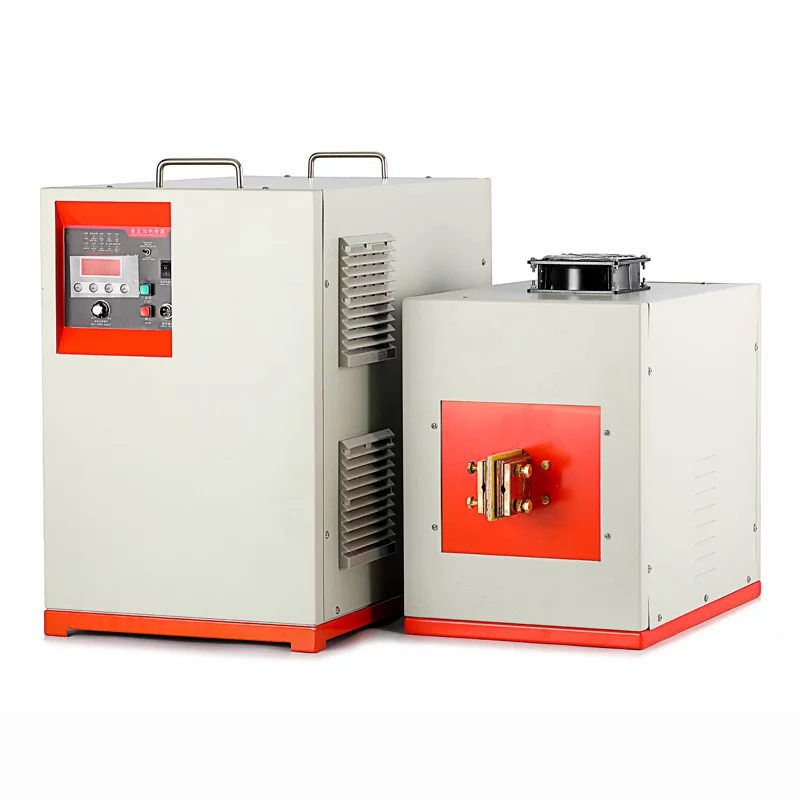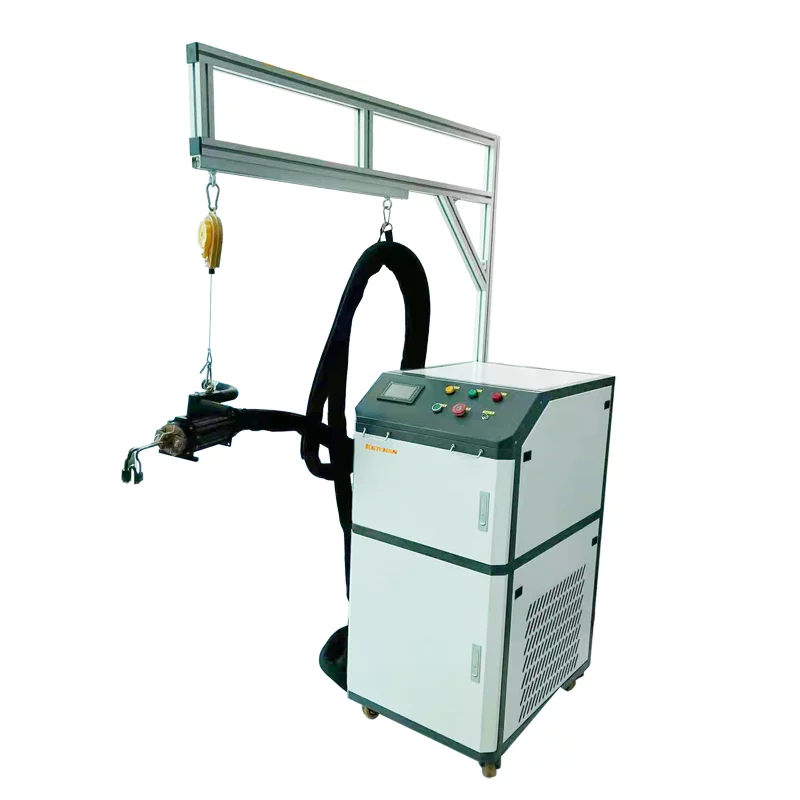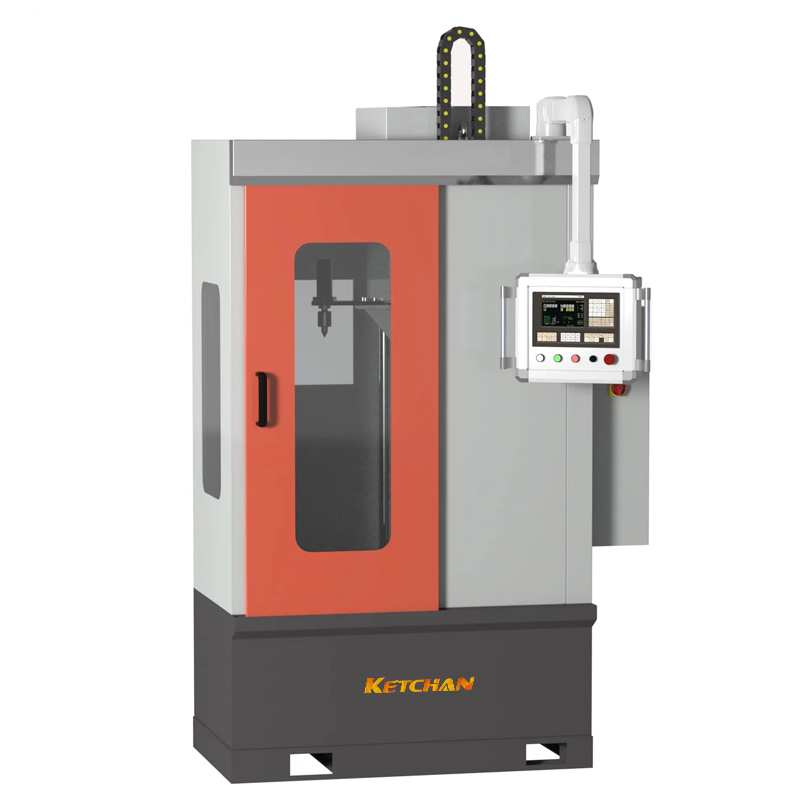Thyristor if the power supply is generally used in induction melting furnace or forging furnace. By controlled or uncontrolled rectifier, filter, inverter, and some control and protection circuit of work, three-phase alternating current through the whole into pulsating dc rectifier, power frequency through the filter into a smooth dc to the inverter, inverter using thyristor as an electronic switch, the dc current into high-frequency current supply load. In an intermediate frequency induction heating furnace, if current transmits energy to the load through an induction coil, which is often a component of the inverter. Therefore, the power factor of if the power load is very low. In order to improve the power factor, a compensating capacitor is required to provide a non-functional quantity to the inductive heating load. In practice, the compensation capacitor is used in series, parallel, or series/parallel with the induction coil, according to which the inverter can be divided into the following three types.
(1) When the compensation capacitor and the induction coil form a series resonance in the inverter, it is called the series inverter. The voltage of the series converter is a function of the coil voltage, and the current of the inverter is the same as the coil current.
(2) When the compensation capacitor and the induction coil form a parallel resonance in the inverter, it is called the parallel inverter. The voltage of the parallel converter is the same as that of the induction coil, while the current of the inverter is much smaller than that of the induction coil. The former is a function of the latter. The performance of the parallel inverter is closer to that of the intermediate frequency generator set and is widely used in an induction heating furnace.
(3) Series/parallel inverters that combine the characteristics of series and parallel inverters. In addition, there are frequency doubling inverters, which can increase the operating frequency. These are passive inverters because they can all be converted into ALTERNATING current electrical power back to the power supply. In fact, there are many circuit structures and classification methods for passive inverter. For example, according to the inverter output phase number can be divided into single-phase, three-phase, and multi-phase; According to the line structure, it can be divided into symmetry and asymmetry. Or bridge type and the non-bridge type and so on. The circuit structure of the inverter for induction heating mainly includes single-phase bridge parallel, series, series/parallel, and frequency doubling inverter circuits. These circuits have their own characteristics, so it is impossible to clearly differentiate their application scope, let alone simply compare their advantages and disadvantages.
Compared with other inverters, series inverters have the following advantages:
(1) The current IL of the series inverter circuit flowing through the induction coil is close to the active current, so THE IL is very small, and the electric loss caused by IL in the induction coil resistance is very small. According to theoretical calculation and experimental test, the power factor of the induction heating furnace can reach 0.98~1, and the induction heating furnace with series inverter can save more than 10% electricity.
(2) The series inverter circuit can achieve from cold to forging temperature of 1250℃, the whole process can maintain full power, greatly improve the operation efficiency, the highest melting rate.
(3) In a series inverter circuit, the input is required to be a constant voltage source, with large capacitance C and filtering. Firstly, the three-phase power frequency input current is maintained sinusoidal wave, and the intermediate frequency current is all controlled by C at the DC end. The power adjustment of the bypass and series inverter is realized in the inverter bridge. The controllable rectifier Angle is all at 0°. There is no rectifier and commutator gap, and there is no interference to the power grid.
(4) Since the rectifier Angle of the three-phase rectifier bridge is 0° in operation, its DC voltage is the maximum value. Large capacity C, directly connected with the DC terminal, automatically keeps the power factor of the grid between 0.98 and 1.
(5) The start-up success rate of the series inverter circuit is 100%. Since the current flowing through the inverter thyristor is a sinusoidal wave, there is no thyristor opening and closing problem, that is, the inverter will not fail to convert current, and there is no start-up problem.





